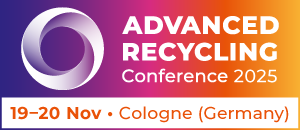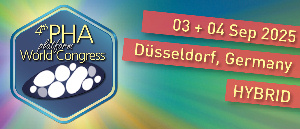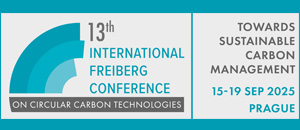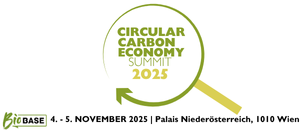There are many possible biobased alternatives for substances of very high concern (SVHC). Some of these alternatives can already be applied right away. This is shown by a study by Wageningen UR Food & Biobased Research commissioned by the Dutch National Institute for Public Health and the Environment (RIVM) and the Dutch Ministry of Infrastructure and the Environment.
SVHCs are substances produced in the chemical industry, which are hazardous to humans and the environment, for example because they are carcinogenic or can cause infertility. There are many different applications of SVHCs, such as building blocks for plastics or as solvents. The European Union intends to apply policy and legislation in order to significantly reduce the use of these substances and possibly even ban them in the long term. This is part of the reason why there is a growing demand for substitutes. Moreover, the Dutch government wishes to stimulate the production of safe alternatives, for instance from sustainable renewable raw materials.
Safe biobased alternatives already available
The Wageningen UR study shows that some SVHCs can already be replaced by biobased alternatives. This applies to the carcinogen ethylene oxide, for instance. This material is used for the production of ethylene glycol, an essential component of polyester, which is, for example, used in PET bottles and fleece sweaters. Producing ethylene glycol directly from sugars offers a biobased alternative to a large proportion of the ethylene oxide produced.
Similarly, certain toxic solvents, such as various types of glymes, can be replaced by biobased alternatives like dimethyl isosorbide or lactic acid esters. Biobased alternatives are also possible for other industrially important harmful solvents, such as DMF, DMAc or NMP (used, among others, in the production of environmentally friendly water-based paints), but their development requires more investments in time and funds.
Bringing two perspectives together
Senior scientist Daan van Es of Wageningen UR Food & Biobased Research sees opportunities for cooperation between the chemical industry and manufacturers of biobased substances in a joint search for biobased alternatives to SVHCs. “Chemical companies find that there are more and more restrictions on the substances that they produce,” Van Es points out. “At the same time, renewable resources are becoming more widely available and can serve as a basis for new industrial chemicals. It would be good if we could bring the two perspectives together. There is also room for the government to take a stimulating and facilitating role.”
Biobased alternatives for finished products
The production and use of other SVHCs can be significantly reduced by replacing the finished products in which they are processed with biobased-finished products with the same functionality. For instance, the use of the toxic material isoprene, which is used for the production of synthetic rubber, can be reduced by extracting natural rubber from Russian dandelion. The use of the carcinogenic material acrylamide in the production of thickeners can also be reduced by using thickening agents based on carbohydrates.
Further research needed
The Wageningen UR report is a more detailed follow-up on an exploratory study by the RIVM into biobased alternatives to SVHCs. “The report shows that there is significant replacement potential for some of the SVHCs,” notes Richard Luit of RIVM. “At the same time, the report tells us that an analysis of possible alternatives requires more detailed information on all current specific uses of the substances.”
January symposium
On Thursday 29 January, 2015, the Ministry of Infrastructure and the Environment will organise the symposium Veilig door Biobased (‘safe via biobased’) together with the RIVM and the Ministry of Economic Affairs. Wageningen UR will present the results of its study report during this meeting, which will see businesses, government authorities and research institutions exchange ideas about the possibility of bringing safe and sustainable alternatives to the market to replace SVHCs. Participation is free of charge.
More Information
– WUR-FBR ZZS report: The biobased replacement potential of hazardous substances (650,16 kb)
– Flyer symposium 2015 (191,19 kb)
Source
Wageningen Food and Biobased Research, press release, 2014-11-19.
Supplier
Dutch Ministry of Economic Affairs
European Union
Government of the Netherlands
Ministry of Infrastructure and the Environment (NL)
National Institute for Public Health and the Environment (RIVM)
Wageningen University
Share
Renewable Carbon News – Daily Newsletter
Subscribe to our daily email newsletter – the world's leading newsletter on renewable materials and chemicals












